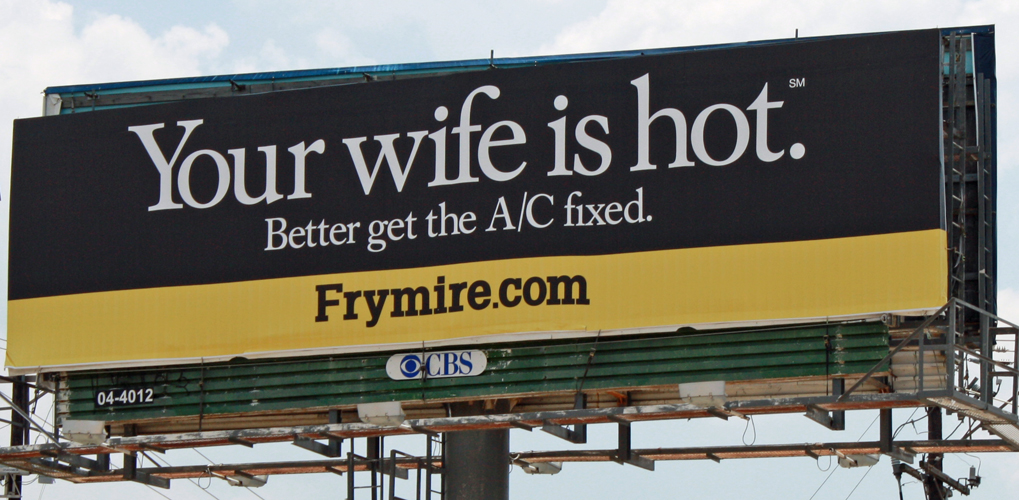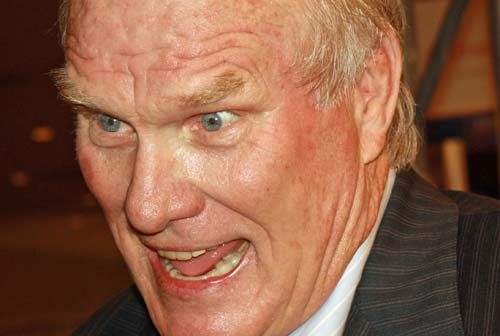All 64 players in our Words With Friends Tournament have their assigned opponents, and play can officially begin soon. You can see the entire bracket on our official tournament page. We’ll update scores there as quickly as we can. Also look to FrontBurner this week to hear from me and from Tim or Zac or Rhonda Reinhart, as they are three of the five players representing D Magazine.
Along with some of the competitors I’ve already told you about, we’ve got Martellus Bennett of the Dallas Cowboys, Jim Rossman of the Dallas Morning News, Dan McDowell of the Ticket, and Jeff Cheney, the mayor pro tem of Frisco. Youngest player is Kristin Leffingwell, 18. Oldest is Mary Rhoades, age 71.
Some notable first-round games:
- Ben Rogers and Jeff “Skin” Wade of the Ben and Skin Show on ESPN Radio go head to head.
- Journalist Josh Hixson of People Newspapers tries not to embarrass himself too terribly much as he faces off against his wife, Cristen.
- Can Kevin Holme score an upset against Chris Cree?
- Will Julie Saathoff be able to out-maneuver Popeye Jones?
- And will it be Tim Rogers or Gordon Keith who slips more naughty words past the WWF server’s censor?




















 The irrepressible
The irrepressible 



